Life, Death, & The Sefirot: FFVII’s History & Remake’s Future in a New Symbol of Reunion
by X-SOLDIER June 29, 2020 0 commentsJapan’s Cultural Perspectives & Media in the 1970’s
Japanese Media’s Unique Qualities in Adaptations of Foreign Content
Japanese media & games have a long history of adapting elements of foreign media & cultural content in particularly unique ways, given that they don’t have the same pre-existing cultural framework informing the perspective on those borrowed concepts. One initial example of this that will serve as a good starting point for themes we’ll return to inside Final Fantasy VII & Remake, is about when and how Western games utilize Abrahamic mythology. In the West, when adapting Abrahamic mythology into gaming media, it is typically only done as a direct adaptation of an existing work like Dante’s Inferno, or it borrows that framework at a cultural level for portraying Good vs. Evil, like the DOOM series.
However, in games that use a fusion of cross-cultural spiritual mythologies like God of War does, Jewish & Christian mythologies are almost always excluded, whereas in Japan this differentiated treatment very much isn’t the case, which is likely why Crisis Core‘s depiction of the Goddess statue was changed for the non-Japanese release. Another example of how these adaptations approach content differently is Atlus’ Megami Tensei franchise, which uses an extremely wide range of different spiritual & mythological entities, and still equally includes Abrahamic mythology alongside all the others. Notably, within the Megami Tensei franchise it also very clearly differentiates Lucifer as being a separate entity from Satan – which would be completely unexpected if a game in the West ever adapted those mythologies, since modern Christianity portrays Lucifer & Satan as the same entity. All of that changes how Japanese developers approach these themes, even before any Japanese-specific cultural lenses from Shintoism & Buddhism then influence how those mythologies are understood and their portrayals are then adapted into a more Japanese-specific style.
Additionally, cultural popularity of media in Japan doesn’t always match up 1:1 with the West – even when that media comes from the West. Popular things might go unnoticed, or otherwise obscure things might become extremely popular specifically in Japan. This means that Japanese media has a history of drawing significant influences from popular Western media that often didn’t share the same degree of impact outside of Japan. Since this has been going on for such a long time, this allows a lot of Japanese media to have a feel to the West of being culturally unique to Japan, but also feeling like a cultural fusion within Japan itself – even when from the outside, none of those inspirations or sources of adaptations would be as easily recognized to Western audiences. This results in many types of interpreted adaptation seen as just a facet of what now defines modern Japanese style.
The original Final Fantasy VII borrows countless elements from that era’s Western popular culture as well as Abrahamic religion, but it still very much feels like a classic JRPG due to of how it went about adapting its setting & themes from those inspirations. In order to clearly examine any symbolism used throughout Remake, we first need to dig in to the history of where some of the Western inspiration that connects to the game’s core concepts came from. This will help establish an understanding of how those elements then influenced the way that the game’s Kabbalist spiritual themes were adapted into the game world’s Lifestream & core themes. This lets us use the Sefirot to more concretely define how that spiritual system establishes design rules & thematic constraints for the story itself. This will then allow us to examine the original game’s use of that content to establish a more clear framework for what Final Fantasy VII‘s story themes are that map to the Sefirot. Finally, all of that will allow us to interpret how those themes are being used & expanded upon in Remake, and what specific things this obscure new symbol in Remake has locked away in its design.
Inspirations in Content from 1970’s Western Culture
Japan having widespread influence from the West is especially true around the time of the 1970s, where then 16-year-old Swedish actor Björn Andresén’s appearance in the 1971 film Death in Venice was a major influence on the visual portrayal of nearly all bishounen characters in both manga & anime. This style being cemented at the time, means that the particular style just becomes culturally extended to the look of countless characters in Japanese media long after its release – even when it’s no longer a direct reference. This can be seen in characters like Alucard in 1997’s Castlevania: Symphony of the Night, released the same year as Final Fantasy VII. Coincidentally, the long-lasting prevalence of this influenced style in Japanese media means that over 20 years after the release of Final Fantasy VII, the now 65-year-old Björn Andresén’s long grey hair & dark leather look have him looking quite a bit more like a bearded Sephiroth than a bishounen.
The Final Fantasy series and the JPRG genre itself have their roots in Western RPGs from the 1970s & 1980s, so this cultural fusion from the West was already a core component of all JPRGs. Final Fantasy VII‘s four writers were all in their youth at varying stages during the 1970s, with this game being finished when they were in their mid-20s to mid-30s; Hironobu Sakaguchi (born in 1962), Kazushige Nojima (born in 1964), Yoshinori Kitase (born in 1966), Tetsuya Nomura (born in 1970). For Final Fantasy VII, Sakaguchi came up with the original draft which was set in New York – but these main elements were instead used for their next game in 1998, Parasite Eve. Nomura, Kitase, & Nojima took the core concepts Sakaguchi laid out & from that built the story that we all recognize today. In an interview with IGN from September 2000, when Tetsuya Nomura was asked about his inspirations for characters in games like The Bouncer, Final Fantasy VII, & Parasite Eve, he stated that they came from a combination of movies & magazines and fused with what he creates in his head – with characters like Final Fantasy VIII‘s Squall being inspired by the American actor River Phoenix to which he said, “Nobody understood it.” This lets us know that these types of clear adaptation references, subtle hints, & more obscure inspiration exist all throughout Final Fantasy VII.

Final Fantasy VII is quite openly shaped by numerous inspirations from Western culture in terms of both pop-culture and also religion, which is what helps a Japanese RPG feel so thematically familiar and new all at once to audiences in both America & Japan. Outside of Midgar’s earliest scrapped origins as New York City, there are ones that still remain. Cloud’s Hardy-Daytona motorcycle is a mashup of well-known American brands. Jenova’s origins as an extraterrestrial, person-mimicking, Lovecraftian horror who landed in the arctic, & was eventually discovered by a scientific expedition, mirror the key elements found in John Carpenter’s 1982 film, The Thing. The poster prominently displayed in the opening shots of Midgar at the location where Cloud & Aerith first meet was a direct nod to the 1991 album Loveless by the U.K. band, My Bloody Valentine.
There is another incredibly nuanced reference to a U.K. musical group that appears much later, in the Northern Crater with the enemy duo of Ziggy & Christopher. Since my initial brief mention of those two enemies in my The Potential Of series (which I do plan to continue), I’ve uncovered quite a bit of detail that provides a huge amount of important context to how we look at particular story elements as well as this new symbol in Remake. At face value, that particular claim seems like a totally crazy reach, and more than a bit odd – but just stick with me, because this is where things started to catch me off guard … and get really interesting.
1970’s Japan, David Bowie, & Final Fantasy VII’s Northern Crater
Ziggy & Christopher are two different enemies that always appear together when encountered. This is specifically because the guitar-tailed horse-like enemy Ziggy is referencing the first version of Bowie’s alien persona, Ziggy Stardust from 1971 – which you can tell by the more pink complexion & circular star-like pattern on their forehead, whereas his companion enemy Christopher has a lightning bolt mask which is referencing Bowie’s minor adaptation of Ziggy Stardust’s persona into a more grounded, Americanized, & less-explicitly defined second character who he used after 1973 and called Aladdin Sane. In Final Fantasy VII, it’s only when both of them are still together that they are able to use the musical attack called, “Stardust March” which is in reference to the 1972–73 Ziggy Stardust Tour, where Bowie went to Japan. In 1973, when Bowie was shifting the character’s appearance from the initial Ziggy Stardust into Aladdin Sane, his changes in makeup came directly from Japanese Kabuki theater, serving as their own version of fusing Japanese & Western stylization in pop culture, and also making his presence in Japanese media during the 70’s more significant.
Bowie’s next album in 1974 was called Diamond Dogs, whose titular track is about George Orwell’s book 1984, and Hideo Kojima (born in 1963) has used in the Metal Gear series – which also contains numerous other Bowie references. This helps show that Bowie is an icon of Western media from the 1970’s that was extremely popular in Japan with youth of the same age as the writers of Final Fantasy VII. This is important as it’s also during a time when passion & activism around environmental protection were gaining lots of traction. The establishment of Earth Day was in 1970, during which the Japanese Peace Bell is rung at the opening moment of the equinox. Additionally, Japanese films like Godzilla Vs. Hedorah released in 1971, which focused on the horrors of pollution & fighting for the life of the planet. Bowie’s music & performances were also focused on this topic. Them being fused with Japanese elements helped in them being even more closely embraced by this generation in Japan. This is why themes Bowie addresses & explores are often easy to locate nods to in Japanese media once you know to look for them, and why many of those concepts adapted in Japanese media also manage to have a very effective fusion of certain ideologies & portrayals between East & West, since this cultural cross-pollination went in both directions.
Final Fantasy VII‘s reference to David Bowie here is exceptionally nuanced for something so whimsical & easily overlook-able, so this is the specific pop cultural connection in particular, and the connections that it has to elements of the 1970s that we see in Final Fantasy VII‘s story are what we need to dig into a bit before delving deeper into who Sephiroth’s character is – and what to look for in a new symbol used in relation to him inside Remake.
Onward to: Starman, Sefirot, & Cult Sci-Fi – Inspirations for Final Fantasy VII

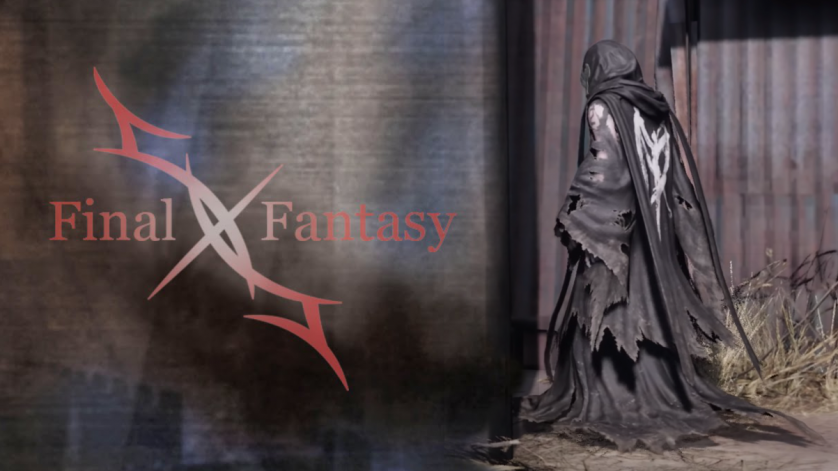
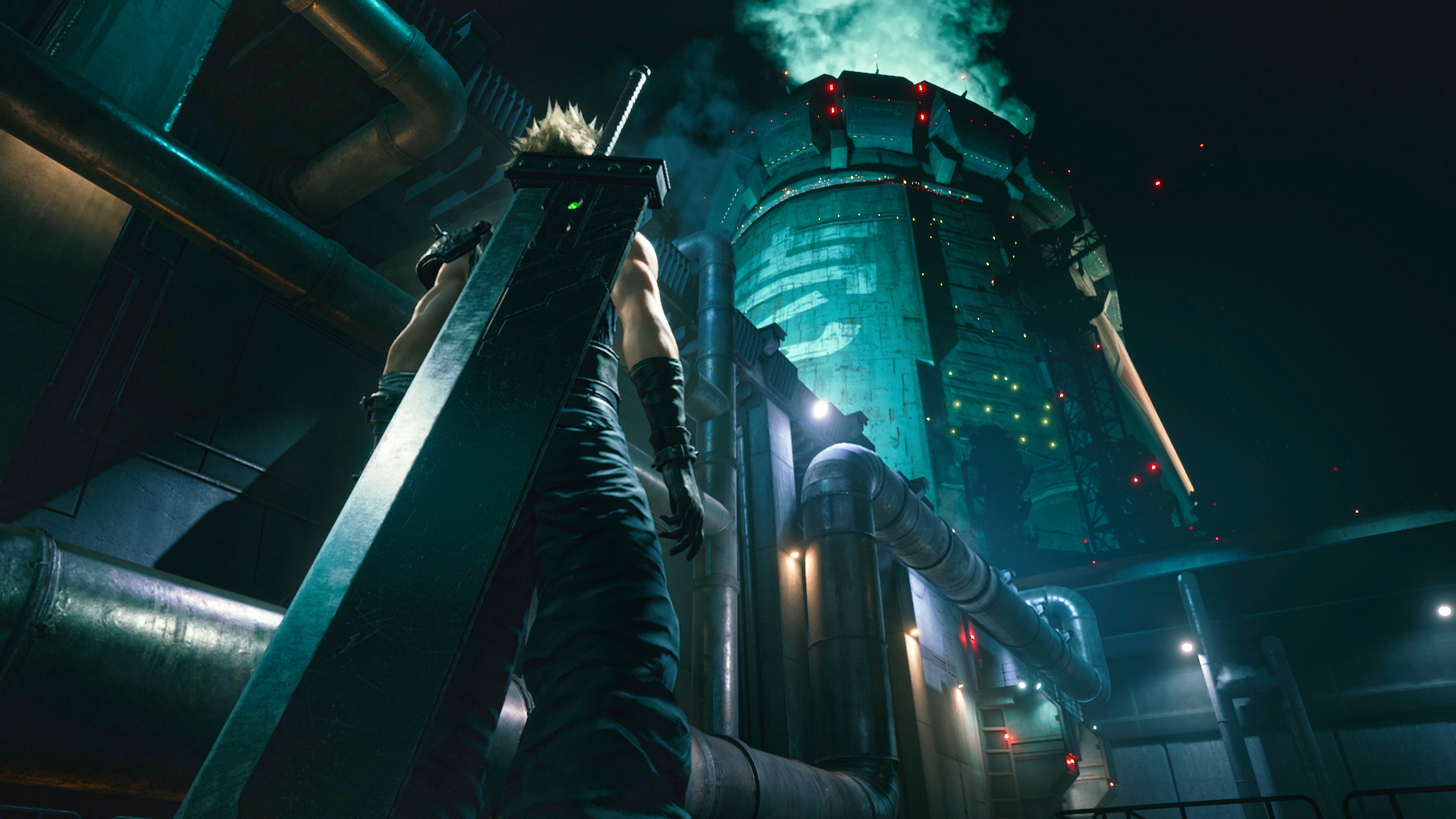
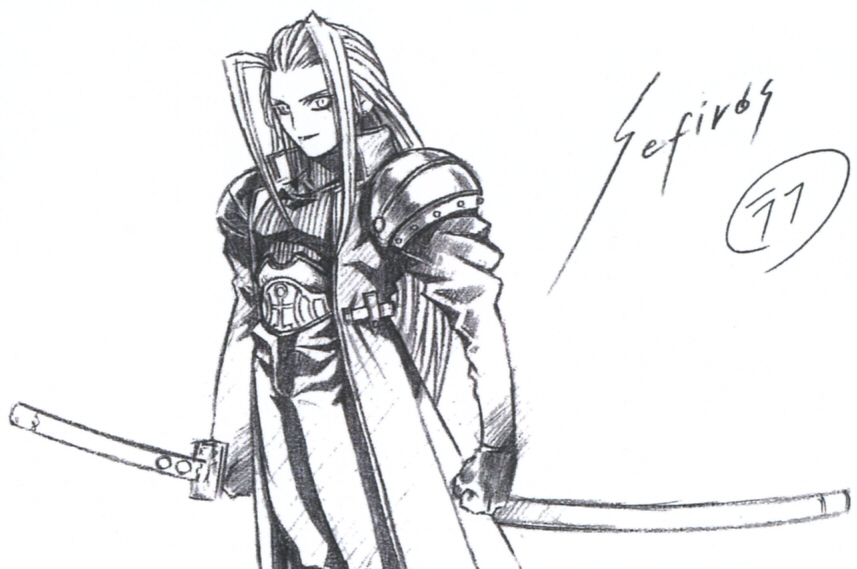
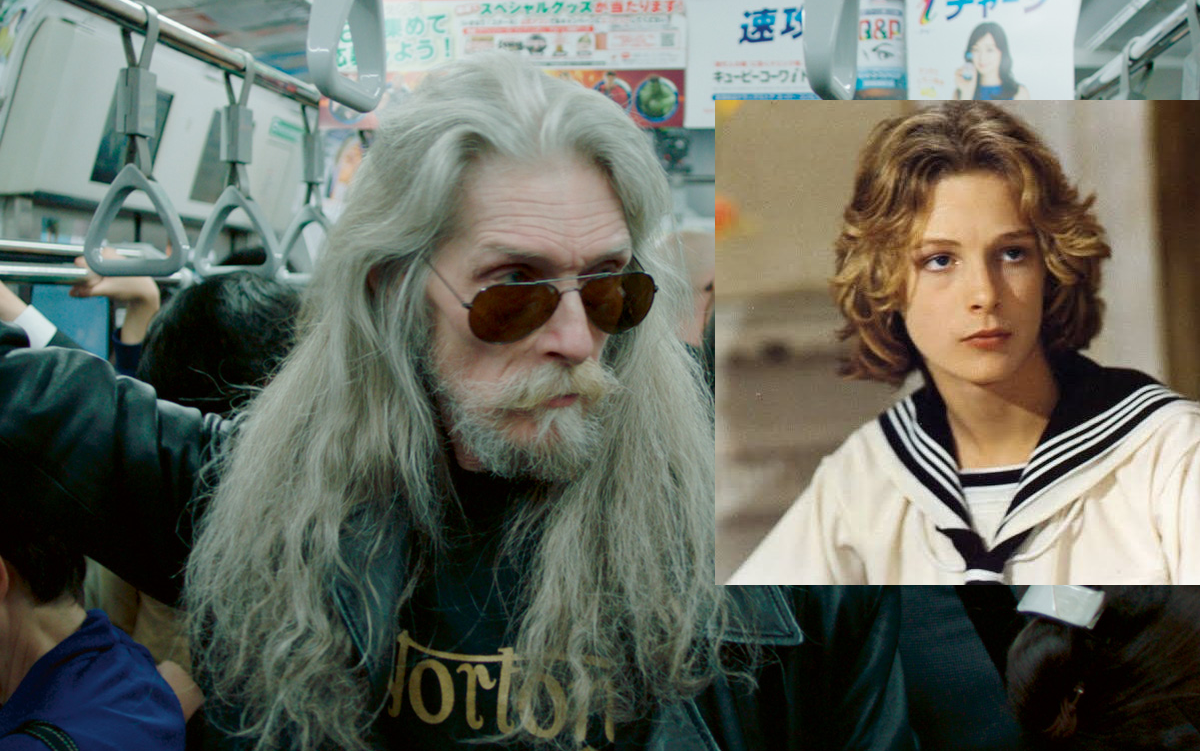
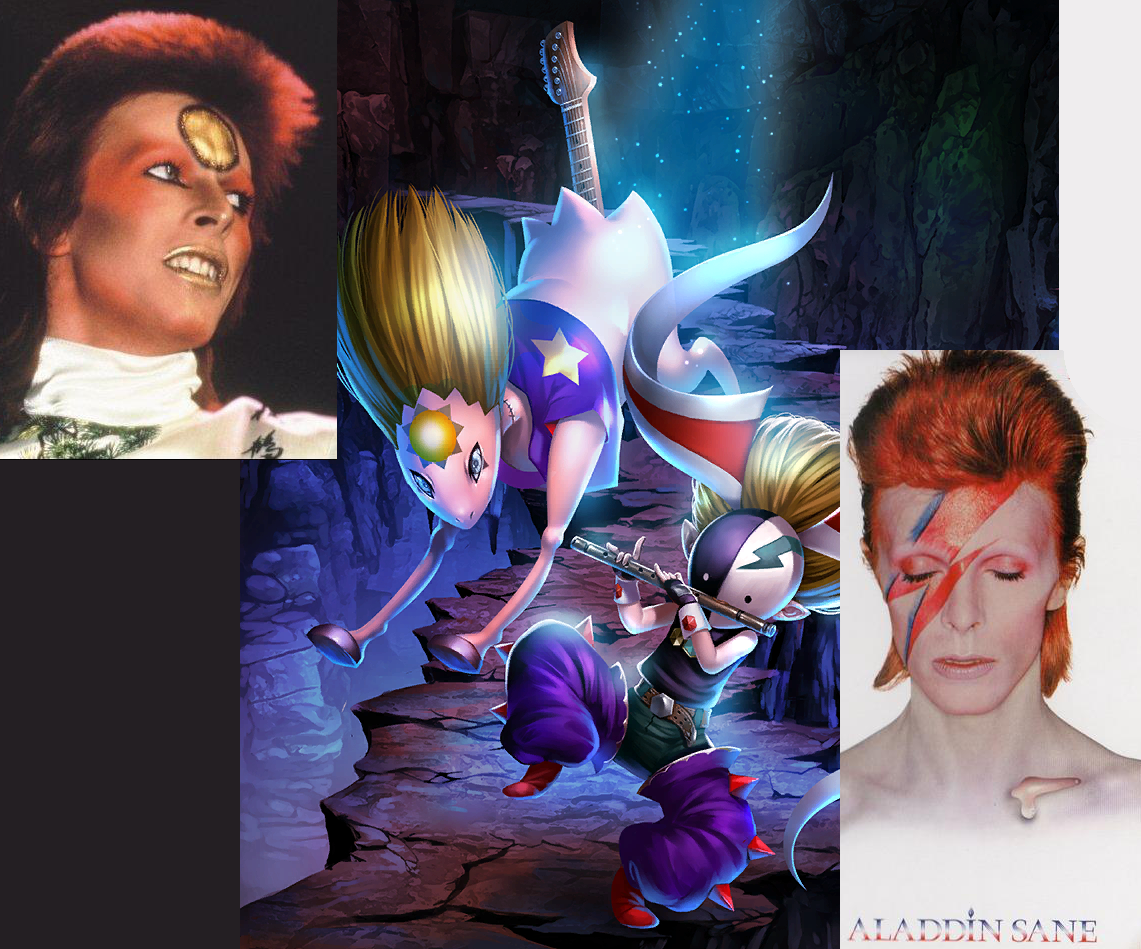
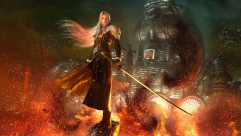
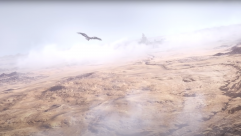
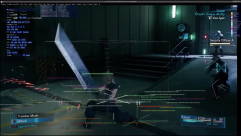

No comments yet
Log in or Register
This is absolutely incredible and I’m sharing it everywhere. Great work X- Soldier.
I’m really glad that you appreciated it, and thanks much for sharing it as well, Schrodingersbabyseal! Hope ya have a good weekend!
Very impressive article as alwyas X-Soldier. Tbh, I still don’t like the whole concept of fate and the meta elements for how overbearing they are. The whispers, specifically, are insanely invasive and not subtle at all. Nonetheless, this was a very interesting read and I especially enjoyed your interpretation of the perspectives of Cloud, Aerith and Sephiroth for the upcoming parts.
Thanks much, X7Strife. Honestly, I felt exactly the same way about them at first, but the more time I’ve spent looking at them, thinking about the original game, and considering what Remake means to the team who’s actually doing it, the more I’ve come to really appreciate what they mean to the story itself. They feel more valuable and less like some slapped on addition to make things new like they did at first.
Fate seems like an odd thing to examine at first, but when you’re talking about life & death… it’s an even more odd thing to ignore. It’s invasive because that’s what it’d be like going back & reliving events you want to change with your whole being, but not being able to. I can’t guarantee that they’ll nail the execution once it’s all said & done, but at this point I feel very confident in what they’re presenting with them & why.
Personally, I’ve found that it’s best not to think of the Whispers as being purely meta concepts – even though they do also serve that purpose in Remake. It helps a lot to view them just like the Planet’s other existing spiritual defense mechanisms like the Weapons & Materia. In the original game they would have been completely invisible to us, since that game just follows the Sefirot’s paths, rather than knowing things about the paths in order to try deviating from them. Everything about what they are matches with the original game in their overt physical presentation, as Final Fantasy VII has never been subtle with the presentation its spiritual concepts once you know what you’re looking at, which is what I wanted to do a lot of in this article.
There’re actually a lot of ways that the Whispers have already been adhering to the in-world mechanics with the the Planet & Shinra’s Science experiments, too. Despite being new and feeling a bit strange, they’re still perfectly aligned with spiritual core of Final Fantasy VII, as well as a lot of the in-game lore as well. I briefly mentioned some of that on Page 7 (in the bit about Stroke II) that I’ve been planning on breaking those things down in a future article, and this is all sort of why I wanted to cover these things first before poking around at some things about the Whispers from a purely in-game-world perspective.
I hope that whenever I get to dive into a bit more detail on them from that perspective that maybe that’ll help ya find them a bit more appealing & less invasive. Either way, I’m glad that you found some things to enjoy from all of this despite not being to hot on the Whispers! Have a good week!
Thank you for this thoroughly researched article!
I’d seen the joke(?) before that David Bowie is in every video game, but this really spells it out as far as Sephiroth. I could never quite get into Bowie’s art rock but now I want to see “The Man Who Fell to Earth”!
I wonder if Seph’s silhouette (fashion-wise) was also inspired by Bowie’s dress + boots for the cover of “The Man Who Sold the World”?
Glad to’ve provided it!
I saw a lot of those while I was doing research, and it was amusing that I was adding yet another example to that list. “The Man Who Fell to Earth” is quite an abstract Sci-Fi film and there’s a ton of nudity in it, but it’s SO very interesting looking at it as something with links to the themes in Final Fantasy VII.
I think that Sakaguchi had some input about Sephiroth’s & Aerith’s designs (they have similar hair because they were initially going to be siblings in the game), but I wouldn’t be too surprised if there were even more Bowie influences than I managed to pick up. 😀
I have to be honest: I did cry in the end.
I’m very sorry for your loss, but knowing that this is what ultimately allowed you to understand more deeply the authors’ intentions and feelings about where they want us to go in the game is inspiring to me. Making us reflect on life, death and our memories, once again, would be the greatest gift they could give us. I really hope you’re right.
It’s amazing what you’ve managed to do. Thank you.
That means a lot to me, so thanks so very much for taking the time to let me know. I did cry several times over the course of doing research & writing this. Additionally, I just learned over the weekend that another friend of mine passed away unexpectedly – and having just written all of this really helped me a lot in processing that, too. I’m working on a semi-companion piece to this one that covers some different but related topics, so I’m hoping it’ll be just as insightful.
Again, thanks for reading through this and letting me know, & I hope that you have a really wondering week!
I haven’t even finished reading this and my mind is already blown. I’ve also been reading the unused dialogues from the OG and man does it give a lot of insight into some of the way remake was done. At least in my opinion. FF7 is my favorite game/story of all time and deep diving into understanding it has been a passion since remake was released. Thank you so much for all this research and concise explanation. I wish i had a friend like you to talk to about all this ff7 passionate stuff, no one around me GETS it.
There was an interview with Kitase in Famitsu that got translated today, and it loosely touched on a couple things I mentioned here in ways that were super satisfying.
I’m glad that you’re enjoying it so far & hope that it carries on with you to the end! I’m slowly working on more, so hopefully that’ll help! It’s a passion that I deeply enjoy, so thanks for taking the time to read & provide extra encouragement for doing this sort of thing!
Hello X-SOLDIER!
I finished the original FF VII a couple of days ago and was really impressed by story, characters and themes of the game and I want to understand more. Unfortunately, I can’t play the Remake right now and I wanted to ask if your whole article has Remake spoilers or I can read some early pages. Or maybe there is some other good article with in-depth analysis of the original game?
Heya literious! I’d very much recommend steering clear of this one for now. There are definitely little bits and pieces of Remake-related information scattered throughout, since the symbol that it’s focused on only appears in Remake.
Really glad that you finished the original though, and you’re more than welcome ta join us on the forums to chat about things there!
In some translations Netzah is pronounced more like Netzach…which would be interesting, since Netzah is broken off from the tree. Remake could be attempting to reestablish his presence.
Just amazing, i’m looking forward for your next analysis!
You bring so much to fans of ffvii like me
thanks and thanks again